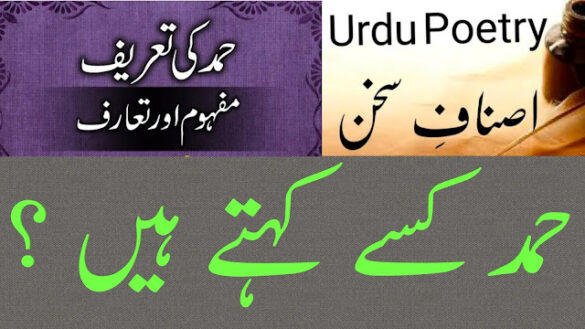Introduction:
Urdu poetry is renowned for its profound expressions of emotions, capturing the essence of human experiences in the most captivating manner. It is a form of literary art that has been cherished and celebrated for centuries. In this article, we delve into the world of Urdu poetry and explore its ability to evoke emotions through the power of words. Inspired by a two-line Urdu poem, we embark on a journey to understand the depths of its meaning and significance.
The Poem: “Dil mein ik raqs hai, jo mujh se hai khafa, Ankhoon se ik khwab hai, jo wahan se guzra.”
Translation: “There’s a dance in my heart, which is upset with me, There’s a dream in my eyes, which has passed through there.”
Exploring The Poem:
The poem speaks volumes about the poet’s inner turmoil and longing for something or someone. It portrays a sense of melancholy and unresolved emotions, leaving the reader intrigued and captivated. Let us dive deeper into the various aspects of this poetic masterpiece.
The Dance In The Heart:
The first line of the poem reveals a dance within the poet’s heart, symbolizing a hidden passion or desire. It represents a soulful expression of emotions that the poet feels disconnected from, suggesting a sense of internal conflict and alienation. The choice of the word “raqs” (dance) adds a poetic touch, evoking images of grace and fluidity in the reader’s mind.
The Upset Dance:
The phrase “jo mujh se hai khafa” (which is upset with me) in the first line adds a layer of complexity to the poem. It suggests a strained relationship between the poet and the dance in their heart, emphasizing a disconnect or discord. This line raises questions about the reasons behind this disarray, inviting the reader to ponder over the possible interpretations.
The Dream In The Eyes:
The second line of the poem introduces the concept of a dream in the poet’s eyes, portraying a fleeting vision or aspiration. It signifies a desire or goal that the poet longs to achieve or attain. By mentioning that the dream has “passed through there,” the 2 lines urdu poetry implies that it has slipped away, leaving behind a sense of loss and longing. This line creates a sense of wistfulness, resonating with readers who have experienced shattered dreams.
The Essence Of Urdu Poetry:
Urdu poetry, as exemplified by this two-line verse, has a unique ability to convey complex emotions in a concise yet evocative manner. It embraces themes of love, loss, longing, and existential dilemmas, offering a profound insight into the human psyche. The rich metaphorical language, intricate rhyme schemes, and rhythmic patterns of Urdu poetry combine to create an enchanting experience for both the poet and the reader.
Conclusion:
In conclusion, Urdu poetry, with its inherent ability to capture the essence of emotions, continues to mesmerize and inspire. The two-line poem discussed in this article exemplifies the power of Urdu poetry to evoke a range of feelings, leaving an indelible impact on its audience. Through its evocative imagery and thought-provoking phrases, Urdu poetry invites readers to embark on an introspective journey, exploring the depths of their own emotions and experiences.
FAQs:
- Is Urdu poetry limited to a specific culture or region?
No, Urdu poetry transcends geographical boundaries and has gained popularity worldwide. It has found admirers in various cultures and is appreciated by people from different linguistic backgrounds.
- Can anyone appreciate and understand Urdu poetry, even if they don’t speak the language?
While understanding the nuances of Urdu poetry might be easier for those who are familiar with the language, the emotions and themes expressed in the poetry can still be appreciated and felt by anyone. Translations and explanations help bridge the language barrier, allowing a wider audience to engage with and enjoy the beauty of Urdu poetry.

